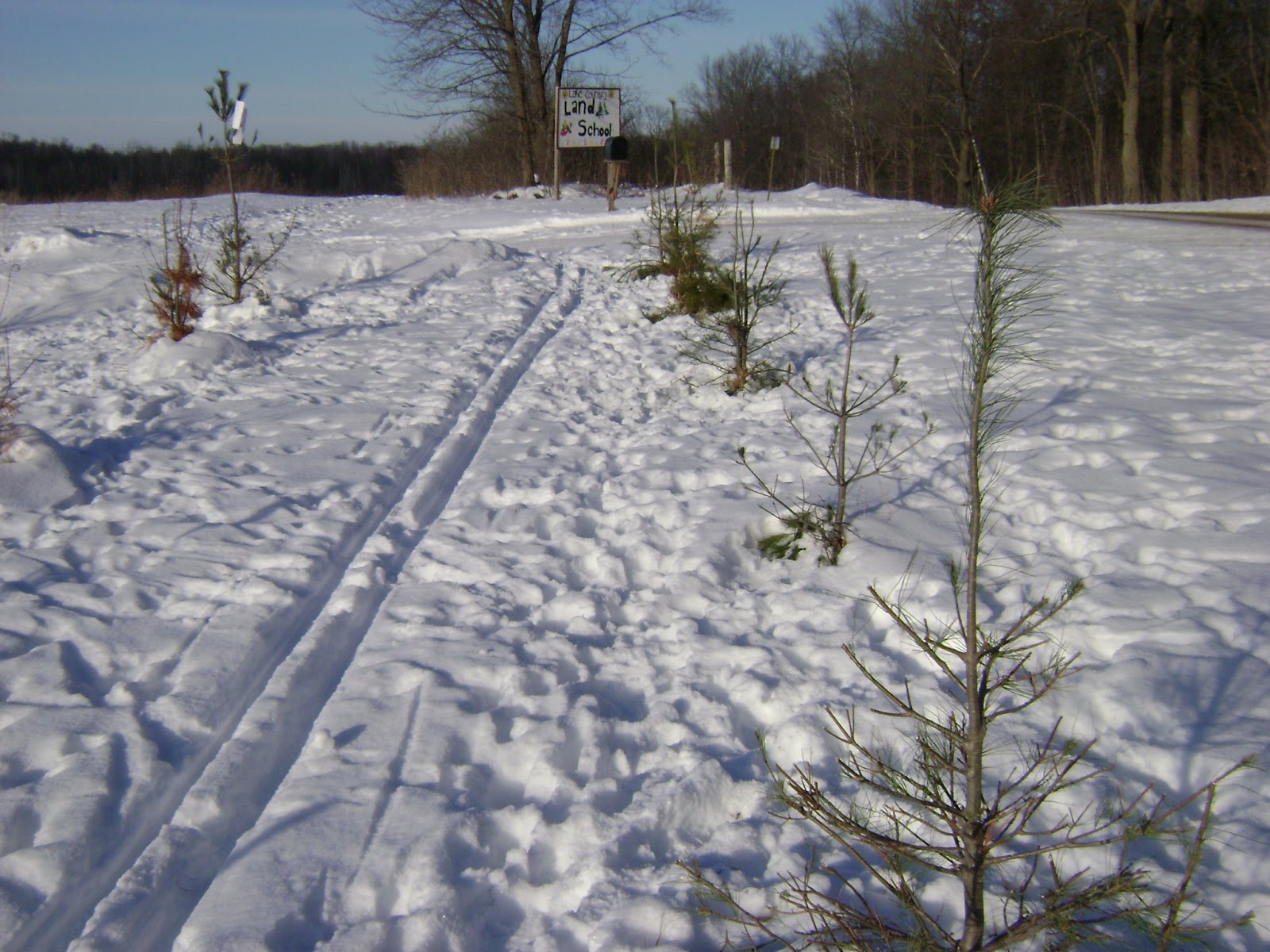Hello LCS Community!
I have enjoyed a respite from the wintry weather by getting away to Honduras for the first half of January.
I led a trip for people in the organization called Farmer to Farmer and we visited coffee farmers and renewed our connections. After the organized trip was over, some of my tripmates went on to the Farmer to Farmer trip in Guatemala, some went home, and I stayed in Honduras to have more adventures.
Check out the stories from the trip on the Farmer to Farmer blog.
http://farmertofarmerblog.blogspot.com/
Saturday, January 26, 2013
Wednesday, January 23, 2013
Nature Notes: Exploding Chicken Eggs
Where have all the eggs gone?! A common question asked to the Land School chickens. Turns out, they were hiding... and exploding, winter style.
In the summer, eggs that go undiscovered explode (or seem to) from gas build up, producing a sulfer odor akin to the geysers of Yellowstone. In the winter, the explosion is not as smelly because the eggs are actually freezing. The yolks and whites are made up of about 75% water; the albumen, or the whites, are almost 90% water. Since water freezes at 32 degrees Fahrenheit (0 degrees Celsius) and is the only molecule that expands as it solidifies, the eggs too will freeze.
But why does it expand? Because, unlike all other molecules that reorganize themselves as they cool creating symmetry and increased order, water is molecularly more symmetrical in liquid form versus solid form. Ice actually takes up 9% more space than liquid water. If water is in an airtight container, as it freezes, the ice is powerful enough to crack the container, be it water bottle, pipes in your house, or eggshells at the Land School.
The following are some pictures I found last week of some frozen eggs.
-Katie
 |
| Explosion! |
 |
| Recently discovered clutch of 44 eggs, 38 of which were frozen. |
Tuesday, January 8, 2013
Nature Note: Hungry Deer
It is January at the Land School and everyone is hungry, including the white-tailed deer of our neighborhood. Last week, from New Year's Eve to New Year's Day, the white pine planting was transformed (fingers crossed not permanently) by the deer eating the needles and buds.
During the winter months, deer undergo a shift in diet, switching from the leafy greens of summer to a more fibrous diet of tree/shrub buds, seeds, and nuts. This is evident not only by observing the eat marks on plants, but also in their scat. The greens diet produces a squished "Milk Dud" appearance while the high fiber diet produces the seemingly ever present piles of oblong spheres.
Other deer signs at the Land School include tracks, trails (often right on or through our own ski trails), and "beds" or depressions in the snow about the size of a curled up deer (if you are lucky, you'll find one with hoof, leg and nose prints, hair, and a bit of scat!).
As for our herd of deer, perhaps this winter has been a challenging one to find enough food as we continue to see many scavenging signs very close to the road with the pines and very close to the Farmstead. We'll be monitoring the population as the season progresses to help guide us on how to best protect the young plants we would like to flourish (and our summer veggies!). To protect what remains of the white pines, I've stapled paper around the terminal or end buds (many of which were left; a deer's version of sustainable harvest?) and the remaining lateral (side) buds.
-Katie
 |
| Deer tracks abound and pine needles do not. |
 |
| The guinea fowl were creating the sounds I wanted to to express my frustration at what happened to our little trees. |
 |
| Most of the terminal buds are still there though! |
 |
| Bud capped pines and our ski trail. |
Subscribe to:
Posts (Atom)






